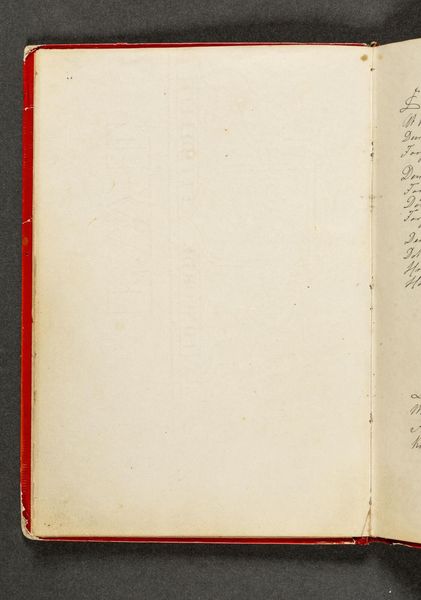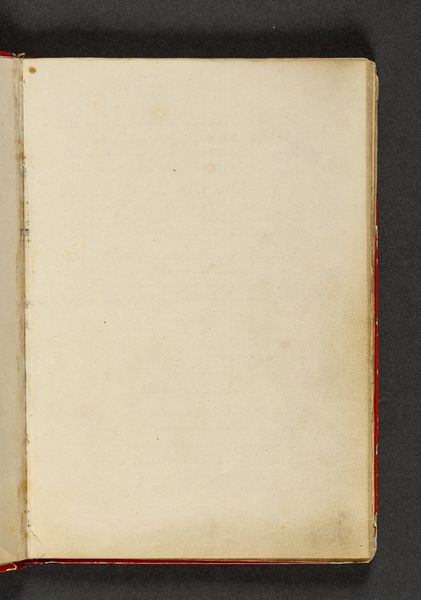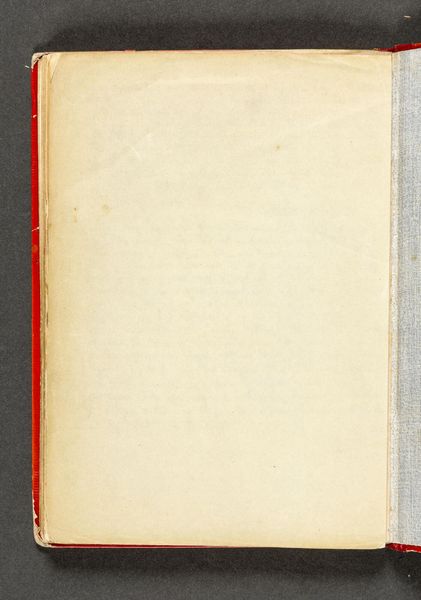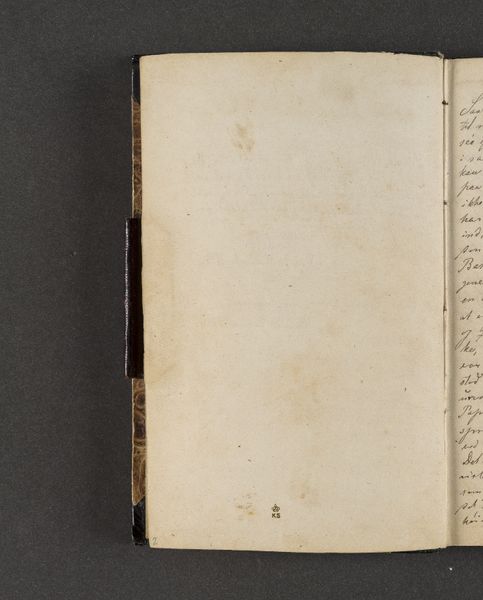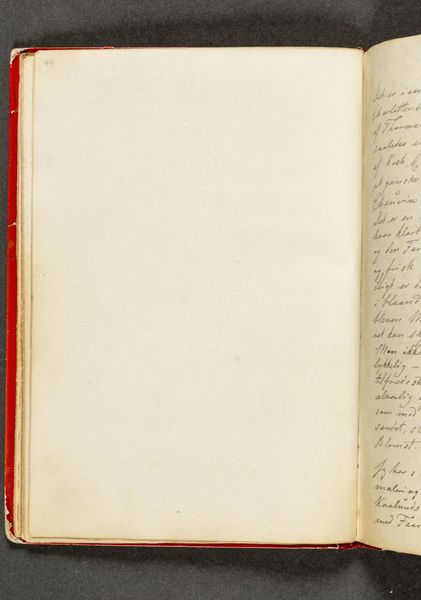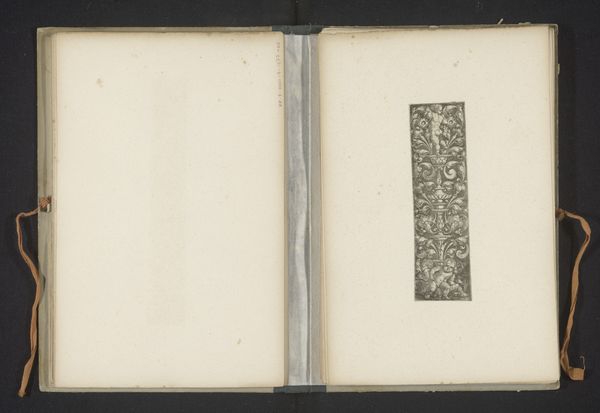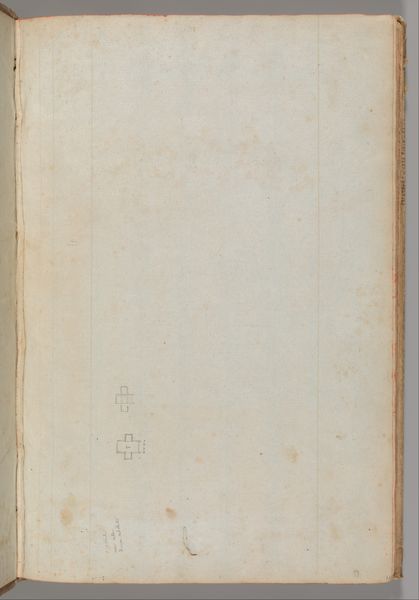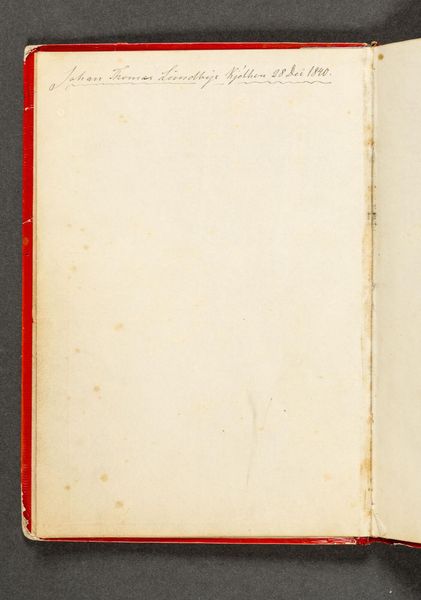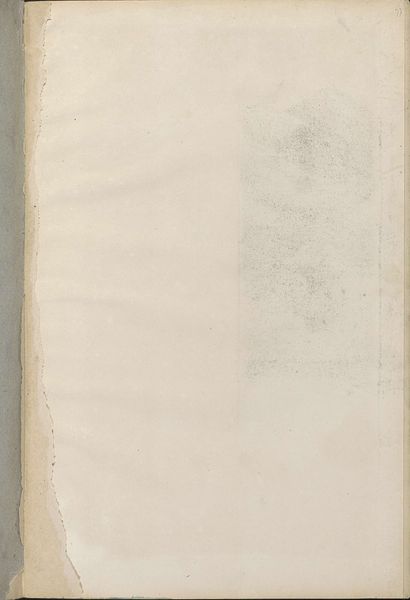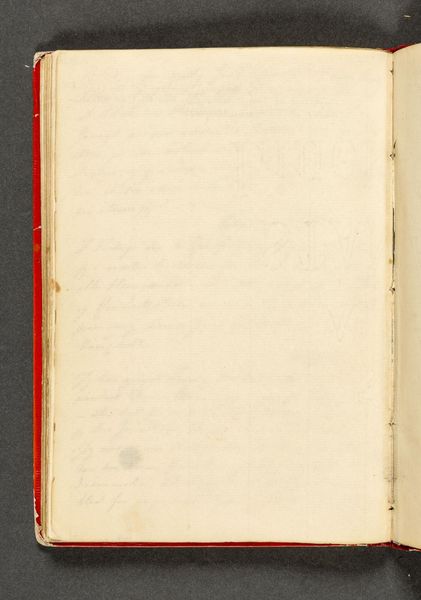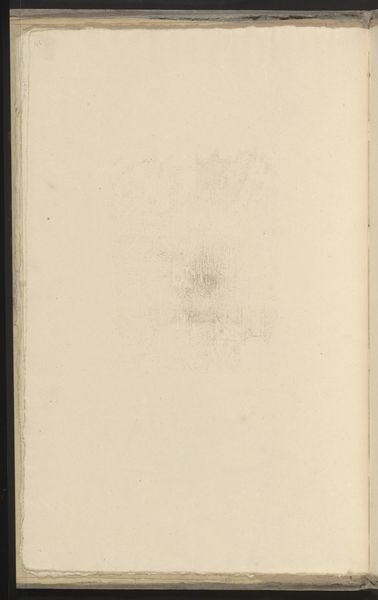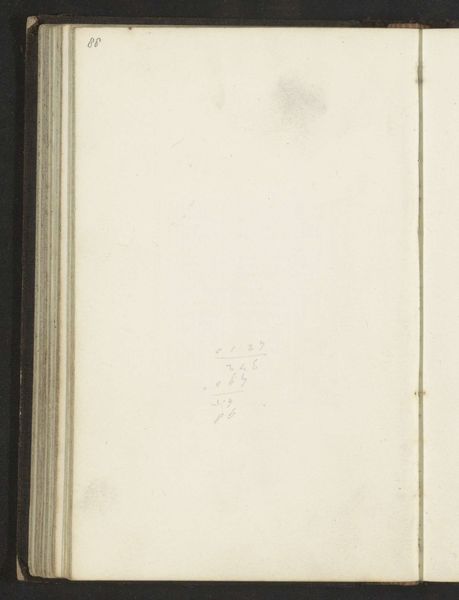
drawing, paper
#
drawing
#
paper
#
coloured pencil
Dimensions: 192 mm (height) x 133 mm (width) (bladmaal)
Editor: This is "Blank. Side 126" by Johan Thomas Lundbye, made with colored pencil on paper between 1840 and 1844. At first glance, it seems… incomplete. Or perhaps intentionally minimalist? How do you interpret this work? Curator: It's tempting to see this as incomplete, as you say. But what does 'blankness' represent within the context of 19th-century Danish art? Lundbye was working during a time of intense national romanticism. So, what statements are made by showing absence rather than a depiction of, say, idyllic Danish landscapes? Editor: So, the blankness itself could be a statement against the prevailing artistic and political currents of the time? Curator: Precisely. Could it be a subtle critique of the expectations placed on artists to produce work that reinforces a particular national identity, perhaps inviting viewers to question this expectation? Remember, radicalism can be expressed as loudly as silence. How does the materiality, the colored pencil and paper, inform your reading of the 'blankness' as resistance? Editor: That's interesting. I hadn't considered the choice of medium as part of the statement, but thinking about it, using relatively simple materials underscores that this isn't about grand pronouncements, but more intimate, personal resistance. Almost like a private act of dissent embedded within the larger movement. Curator: Exactly. It is crucial to see that there are other sides shown. Those writings could shed some light into what's intentionally unsaid. This invites the viewer to look closely and question assumptions. By refusing to fill the page, Lundbye perhaps encourages the audience to reflect on what is left unsaid and, consequently, unseen within society. It makes this silence... very loud. Editor: I see, I'm understanding so much more now. Thank you!
Comments
No comments
Be the first to comment and join the conversation on the ultimate creative platform.

